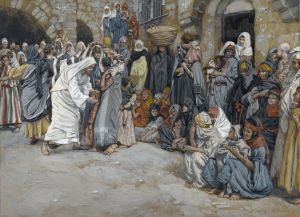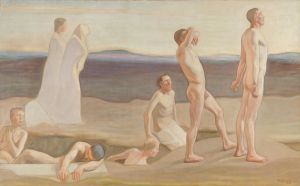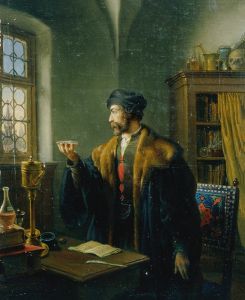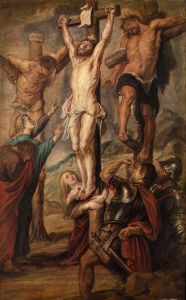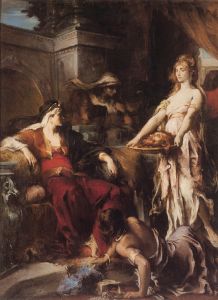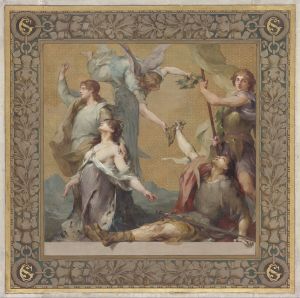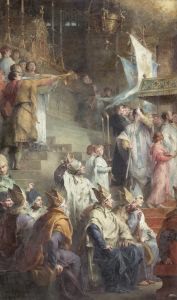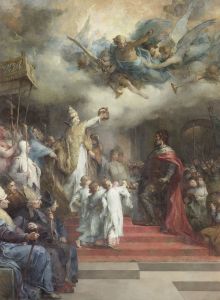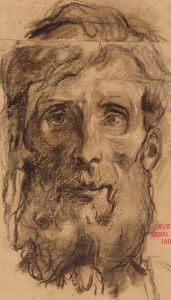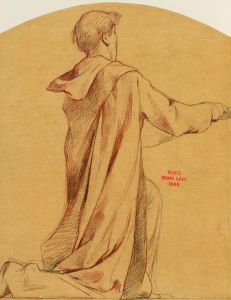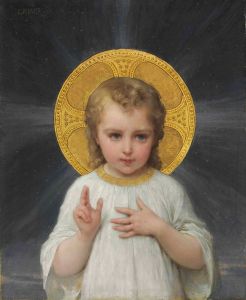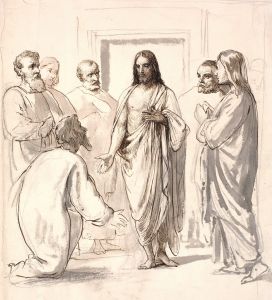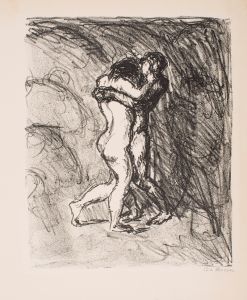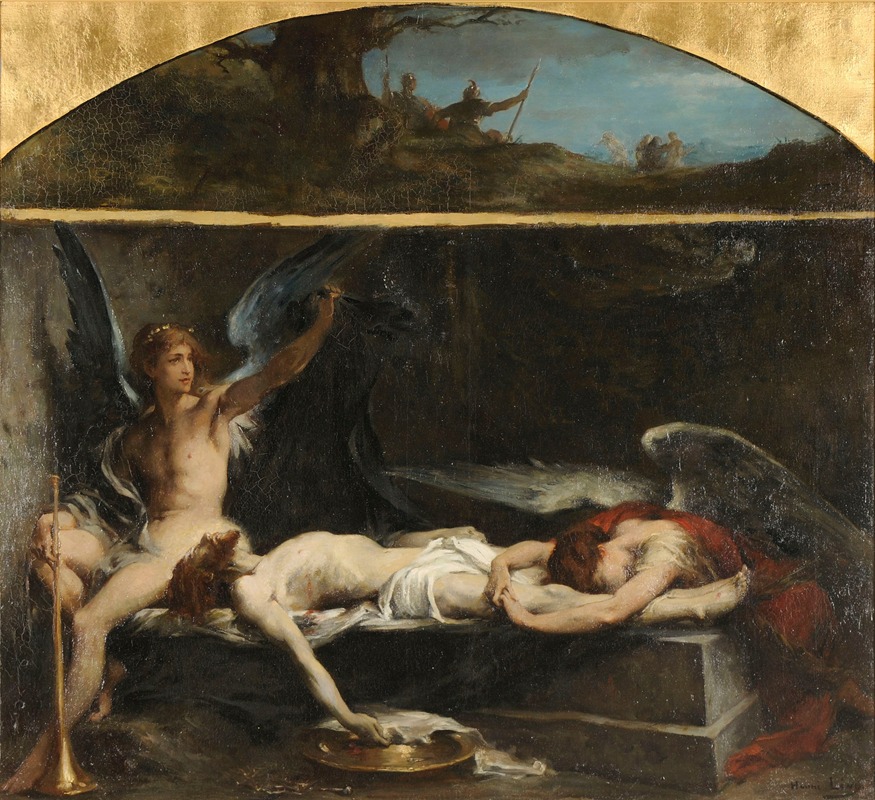
Jésus au tombeau
A hand-painted replica of Henri Leopold Lévy’s masterpiece Jésus au tombeau, meticulously crafted by professional artists to capture the true essence of the original. Each piece is created with museum-quality canvas and rare mineral pigments, carefully painted by experienced artists with delicate brushstrokes and rich, layered colors to perfectly recreate the texture of the original artwork. Unlike machine-printed reproductions, this hand-painted version brings the painting to life, infused with the artist’s emotions and skill in every stroke. Whether for personal collection or home decoration, it instantly elevates the artistic atmosphere of any space.
Henri Léopold Lévy was a French painter known for his works that often depicted religious and historical themes. One of his notable paintings is "Jésus au tombeau" (Jesus at the Tomb), which reflects his interest in religious subjects and his skill in capturing dramatic and emotional scenes.
"Jésus au tombeau" is a painting that portrays the moment after the crucifixion of Jesus Christ, focusing on the somber and reflective atmosphere surrounding his entombment. Lévy's work is characterized by its attention to detail and the use of light and shadow to convey the mood of the scene. The painting captures the solemnity and reverence of the moment, inviting viewers to contemplate the significance of Christ's death and burial.
Henri Léopold Lévy was born in 1840 and studied at the École des Beaux-Arts in Paris, where he was a student of François-Édouard Picot. He became known for his historical and religious paintings, which were often exhibited at the Paris Salon. Lévy's style was influenced by the academic tradition, and he was known for his meticulous technique and his ability to convey emotion through his compositions.
In "Jésus au tombeau," Lévy employs a realistic style, with careful attention to the figures' expressions and the textures of their garments. The composition is likely designed to draw the viewer's eye towards the central figure of Jesus, emphasizing the gravity of the scene. The use of chiaroscuro, or the contrast between light and dark, enhances the painting's dramatic effect, highlighting the spiritual and emotional weight of the moment.
Lévy's work often reflects the broader 19th-century interest in religious and historical subjects, which were popular themes in academic art of the time. His paintings were well-received by contemporary audiences and critics, who appreciated his technical skill and the emotional depth of his work. "Jésus au tombeau" is an example of Lévy's ability to engage with these themes in a way that is both respectful and evocative.
While specific details about the painting's provenance or current location may not be widely documented, Lévy's contributions to religious art remain significant. His works continue to be studied for their artistic merit and their place within the context of 19th-century French painting.
Overall, "Jésus au tombeau" exemplifies Henri Léopold Lévy's dedication to capturing the essence of religious narratives through his art. His ability to convey the emotional and spiritual dimensions of such scenes has ensured his place in the history of French academic painting.





